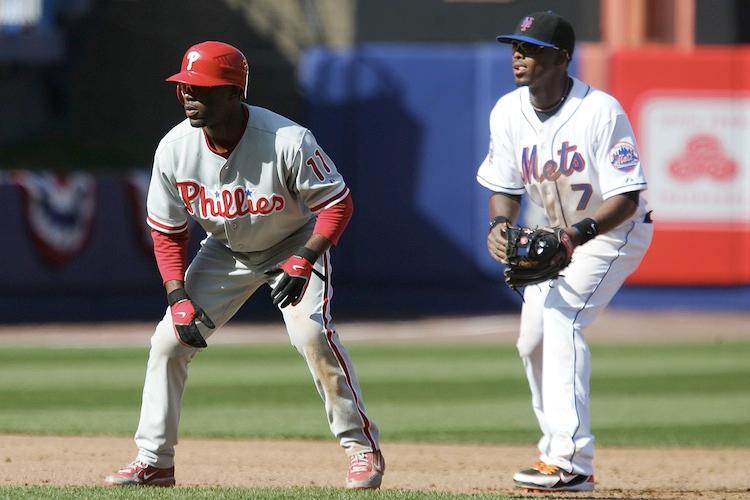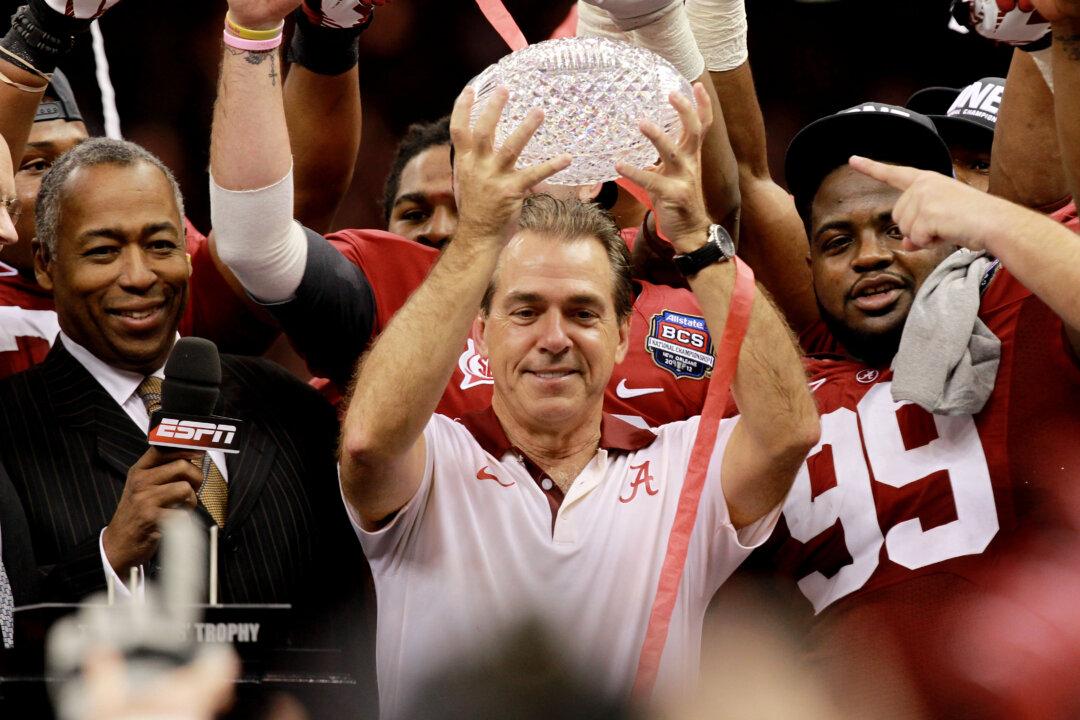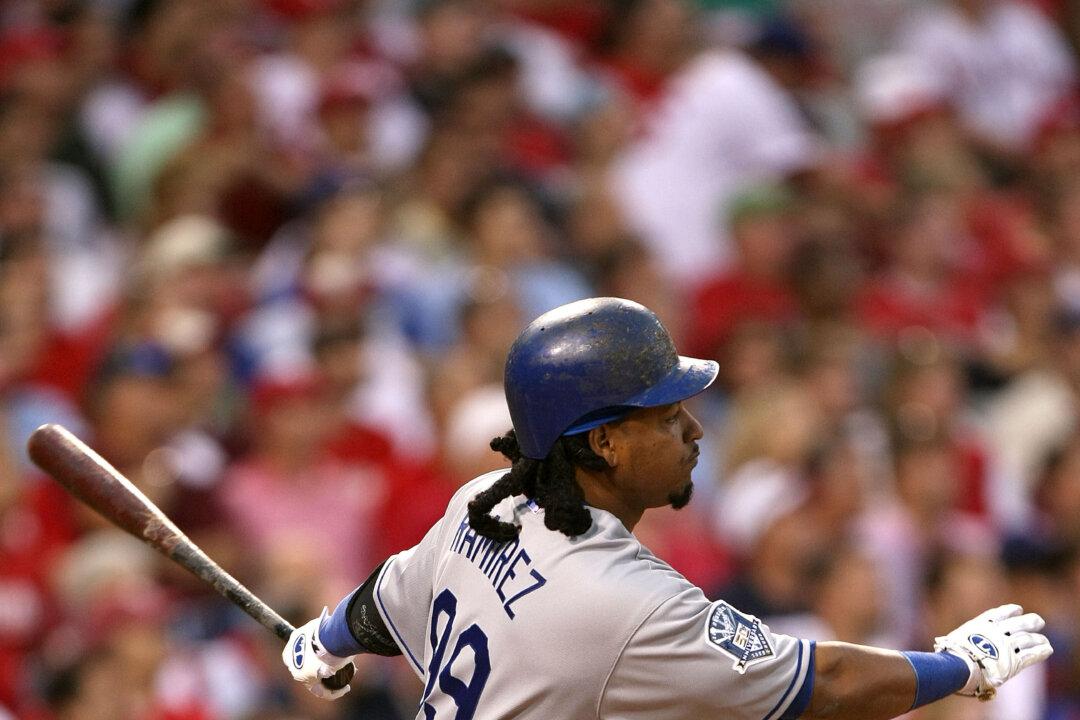With Jose Reyes taking his talents to South Beach (though not in the same fashion as LeBron James) the Mets clearly have a gap to fill between third and second. The question of whether they should have ponied up in excess of $100 million to keep their star is a moot one now, but GM Sandy Alderson was wise not to match the Marlins offer.
Reyes can hit but his greatest asset may be his speed that’s allowed to him to beat out ground balls while putting pressure on pitchers every time he gets on. Generally speaking though, speed doesn’t increase after age 28 (Reyes’s age) and even less so when hamstring injuries are an annual event.
The toll had already started to take it’s effect on him as Reyes’s combined 69 swipes the past two seasons were quite a contrast to his heyday (2005-2008) when he averaged 64.5 per season, in leading the league three years in a row.
The only way this deal really works for the Marlins is if he has a repeat of his MVP-like 2011 season—the only year he’s hit over .300—for all six years of his deal. The likelihood of that happening is slim, though the four-time all-star is better than any ready alternatives and was certainly worth a four-year deal at $13 million–15 million per season.
To fill his shoes there are plenty of options, though none as exciting as Reyes. Here are the most likely scenarios beginning with the most probable.
1. Move Ruben Tejada over to shortstop.
Why it makes sense: Tejada hit .284 in 96 games last season, 41 of those at shortstop, and has a good glove. Alderson has already hinted that this seems the most likely scenario so the Mets can spend some money on pitching.
Why it doesn’t make sense: Tejada has a nice glove but has little power (11 home runs in 1,530 minor league at-bats) or speed and could not replace him at the top of the lineup. The Mets also would need a healthy season from their oft-injured infield to replace his help at second base.
2. Sign free agent shortstop Rafael Furcal.
Why it makes sense: When healthy, Furcal is the closest thing to Reyes on the market. He can bat leadoff, is still a threat on the bases, and is a solid defensive player. Plus, at 34 and considered injury-prone, his demands should be around $5 million a year.
Why it doesn’t make sense: The same reason he’s inexpensive—he’s suddenly fragile. Furcal has averaged just 73.5 games a year the past two seasons due to injuries. Though he could be over the injury bug it’s tough to predict if he'll regain the form that made him one of the best at his position.
3. Sign free agent shortstop Jimmy Rollins.
Why it makes sense: Rollins evidently hasn’t been shown the love by the spend-happy Phillies and should the Mets swoop in and steal him they‘d not only strengthen their own team, they’d weaken a major division rival as well. Though Rollins has been entrenched in Philadelphia since 2000, he’s still only 32 and had enough legs last year to swipe 30 bases.
Why it doesn’t make sense: The Mets would need him at a considerable discount to still be able to spend money in other areas of need—like pitching. In addition, Rollins hasn’t hit above .280 since his MVP season of 2007, while his power numbers have also been on the decline.








